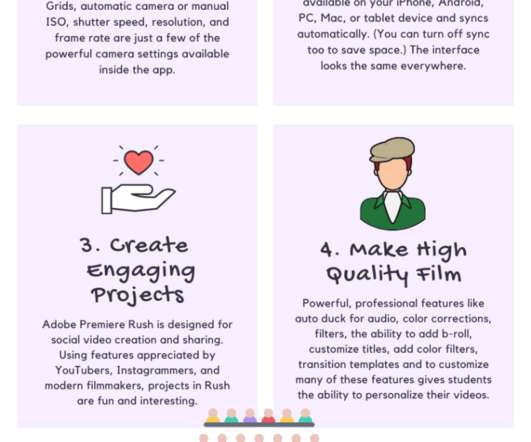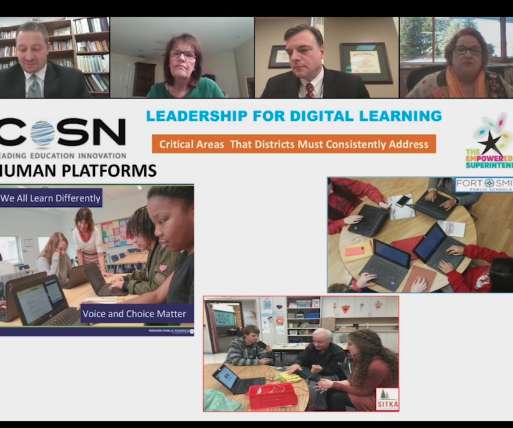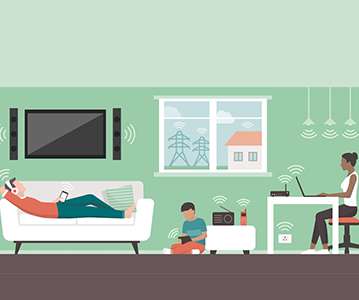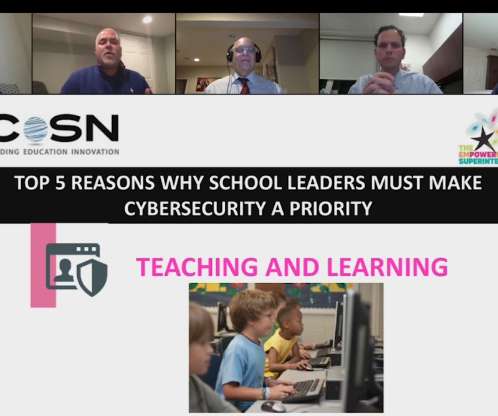5 Ways Adobe Premiere Rush Encourages Creativity in the Classroom
The CoolCatTeacher
DECEMBER 8, 2019
For example, since I started teaching moviemaking with my students in 2006, I have used a Storyboard Dictionary of shots that I originally adapted from the American Film Institute. To access these features, just toggle from Auto to Pro. Often, I start teaching film by having students create a living shot dictionary.
































Let's personalize your content